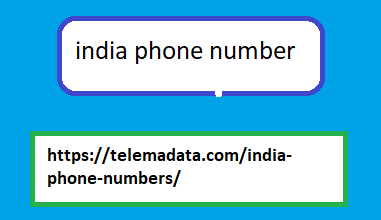Introduction:
In this digital age, QR codes have become an essential tool for businesses and individuals alike. One crucial aspect of QR codes is the number of bytes they can store, which determines the amount of information that can be encoded. In this article, we will explore the world of QR code bytes and how they impact the effectiveness of these versatile codes.
What are QR Code Bytes?
QR code bytes refer to the amount of data that can be stored within a QR code. Each byte consists of 8 bits, allowing for a significant volume of information to be encoded. The more bytes a QR code has, the more data it can hold, making it suitable for various applications.
How Many Bytes Can a QR Code Hold?
In general, QR codes can hold anywhere from a few bytes to several hundred bytes of information. High-capacity QR codes can store up to 4,296 alphanumeric characters or 7,089 numeric characters.
Advantages of Using QR Codes with More Bytes:
Increased Data Capacity: QR codes with more bytes can India phone number store more information, making them suitable for extensive data sets.
Enhanced Efficiency: By utilizing QR codes with higher byte capacity, businesses can streamline their operations and improve data management.
Versatility: Larger QR codes can accommodate various types of data, including URLs, contact information, and product details.
How to Create QR Codes with More Bytes:
Creating QR codes with a higher byte capacity is a simple process. By selecting the appropriate data type and adjusting. The error correction level, users can optimize their QR codes for maximum storage capacity. Additionally, choosing a higher version of the QR code can increase the number of bytes it can hold.
Best Practices for Using QR Codes with More Bytes:
Ensure Adequate Scanning Distance:

To scan QR codes with a large amount of data, users should ensure they are at an appropriate distance to capture all the information.
Test QR Codes Before Deployment: It is essential to test QR codes with extensive data sets to ensure they scan accurately and provide the intended information.
Consider Error Correction: When encoding a significant Singapore Number amount of data, users should select a higher error correction level to ensure data integrity.
Conclusion:
By understanding how bytes impact data capacity and utilizing best practices for creating and deploying QR codes, businesses and individuals can leverage these powerful tools to enhance their operations. Whether sharing contact information, URLs, or product details, QR codes with more bytes offer a versatile and efficient solution for encoding information. Start exploring the world of QR code bytes today and unlock the potential of these innovative data carriers.
SEO Meta-Description: Learn how impact data storage capacity and discover best practices for creating high-capacity QR codes. Start encoding more information today!
Let’s break it down:
QR codes can store a significant amount of information thanks to their bytes.
Businesses can benefit from using high-capacity QR codes.
Creating QR codes with more bytes is easy with online generators.
Testing and optimizing QR codes are essential for ensuring accurate data transmission.

